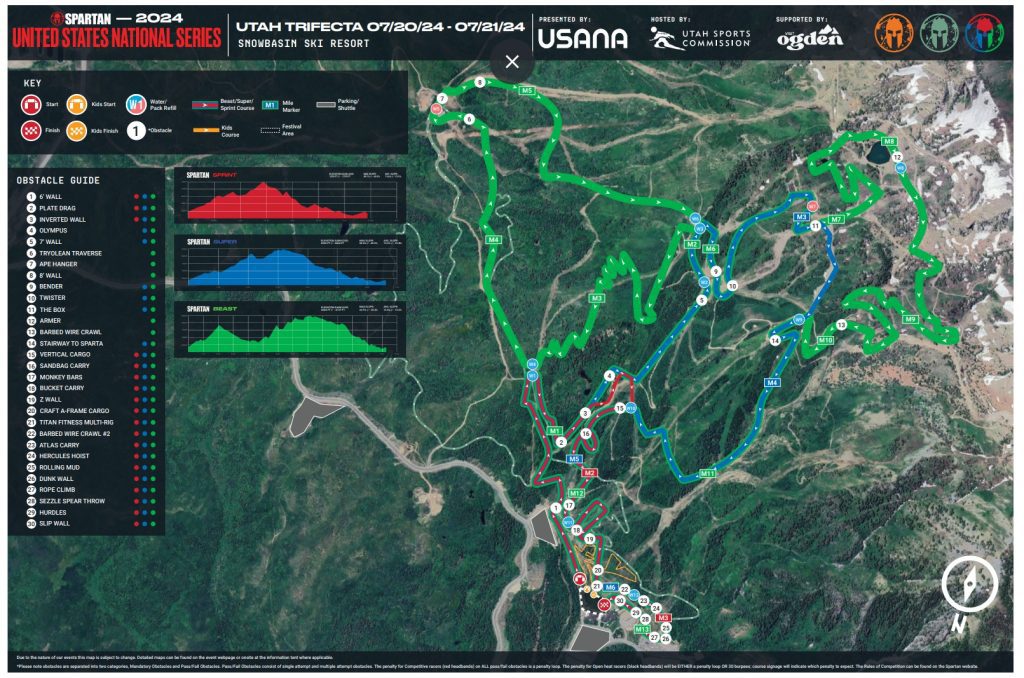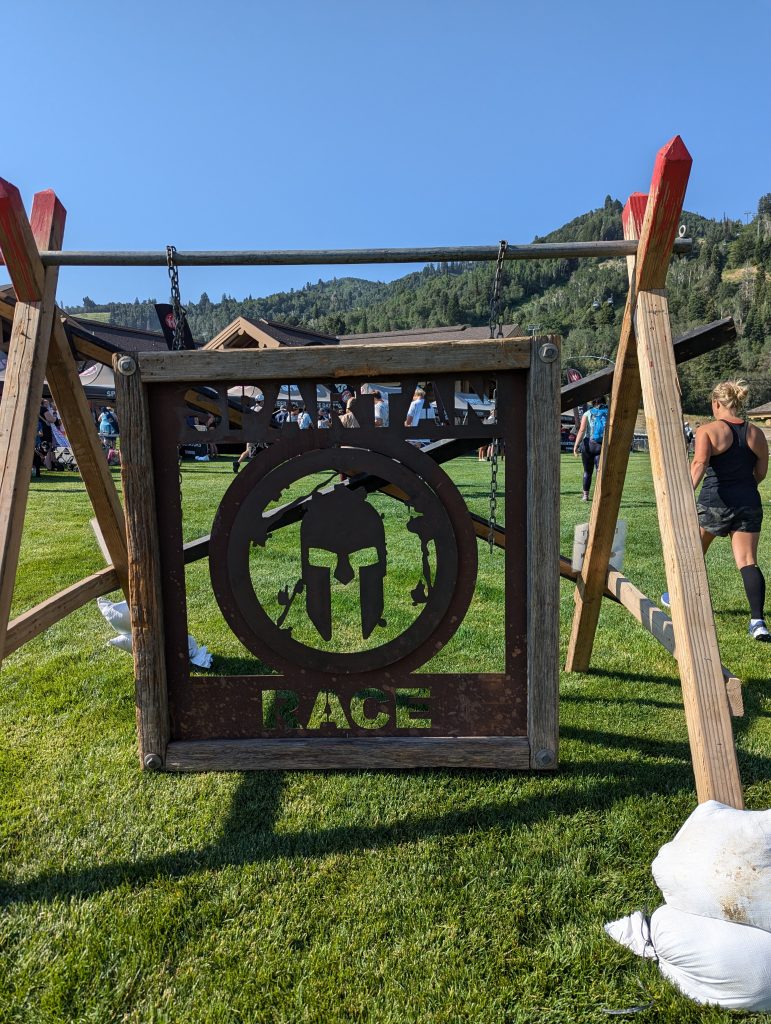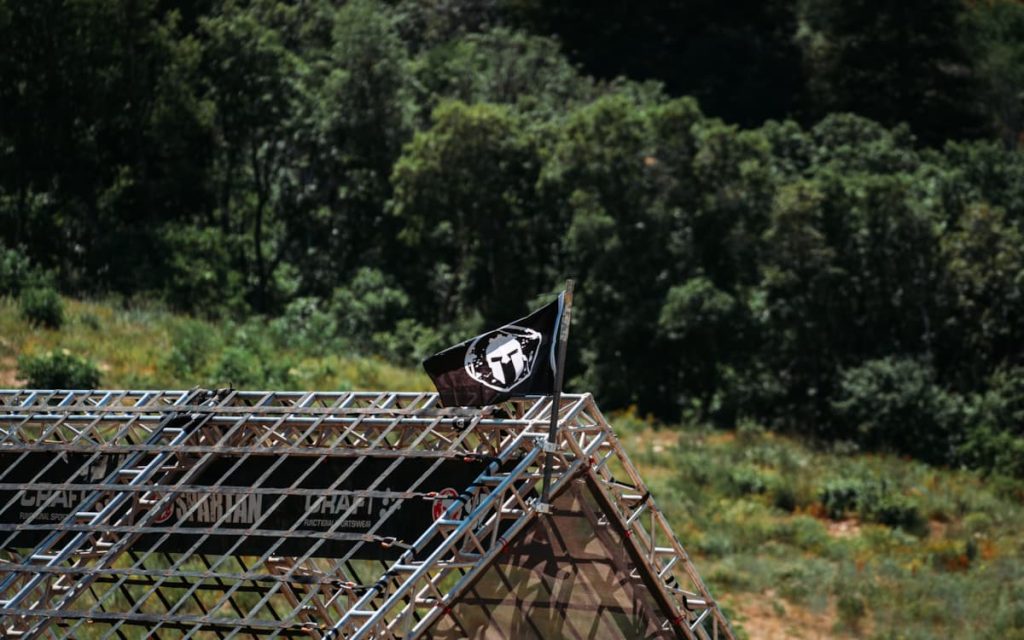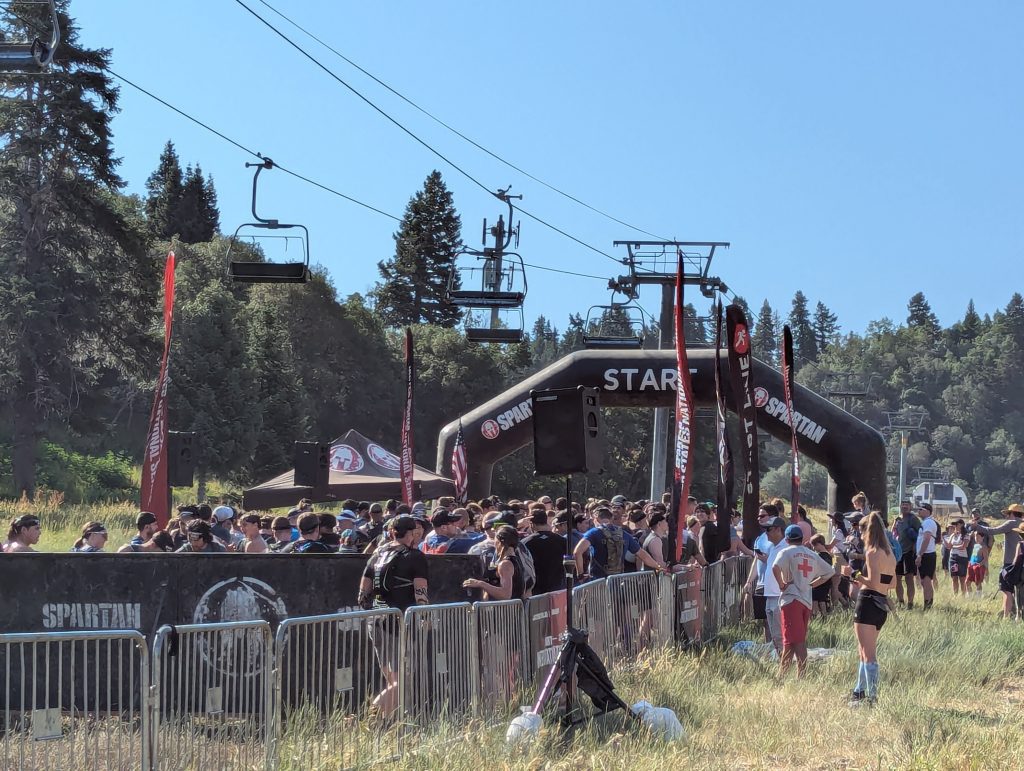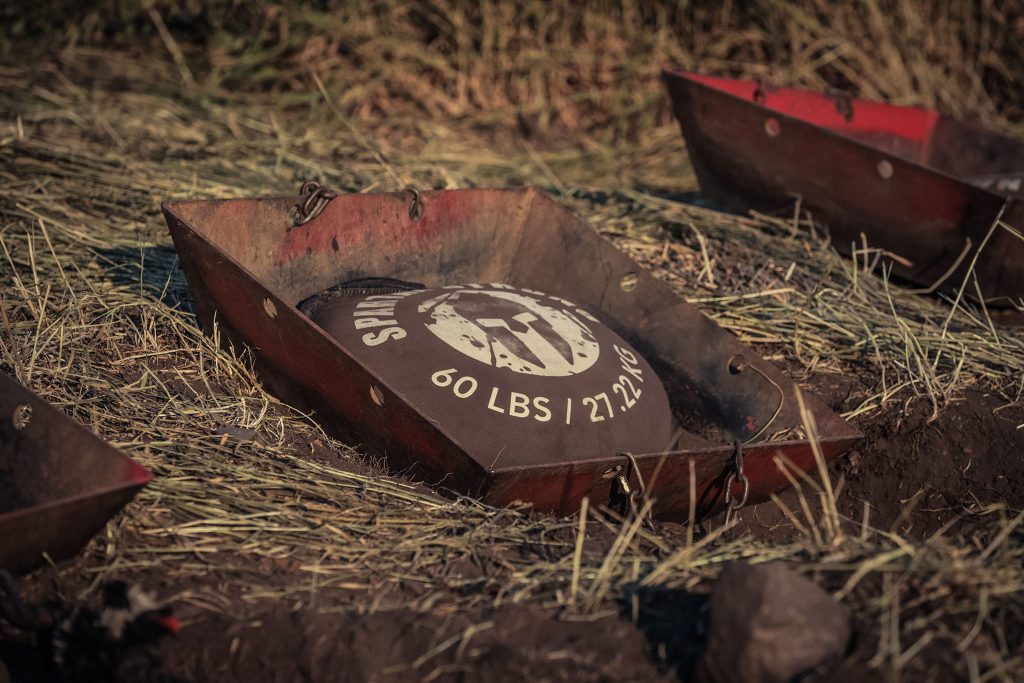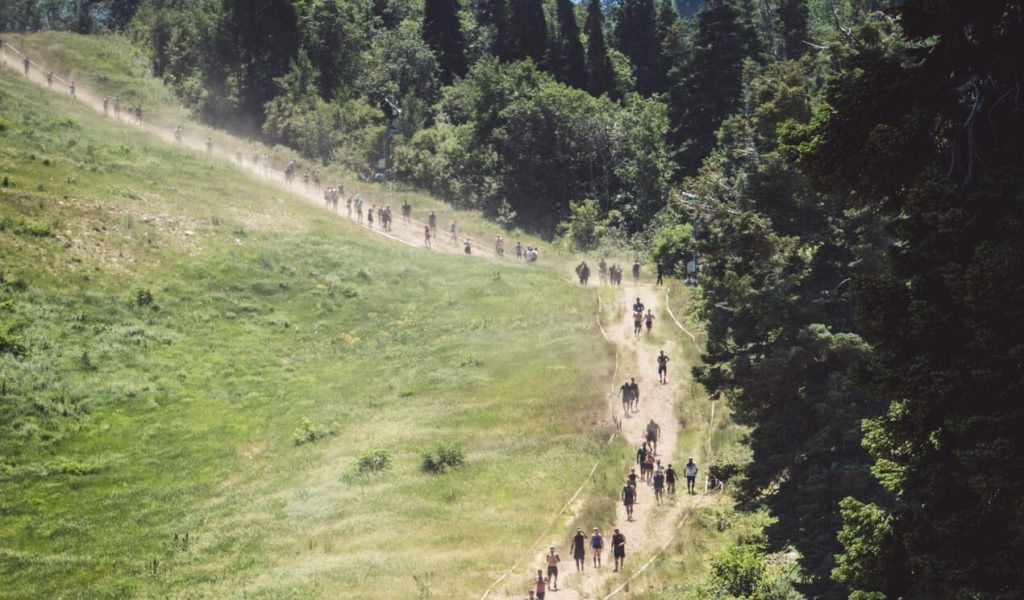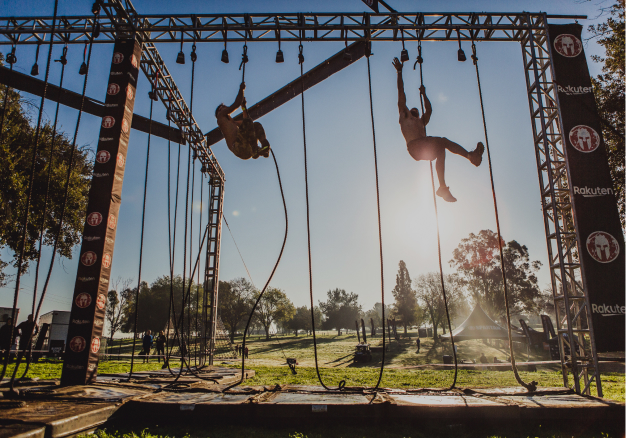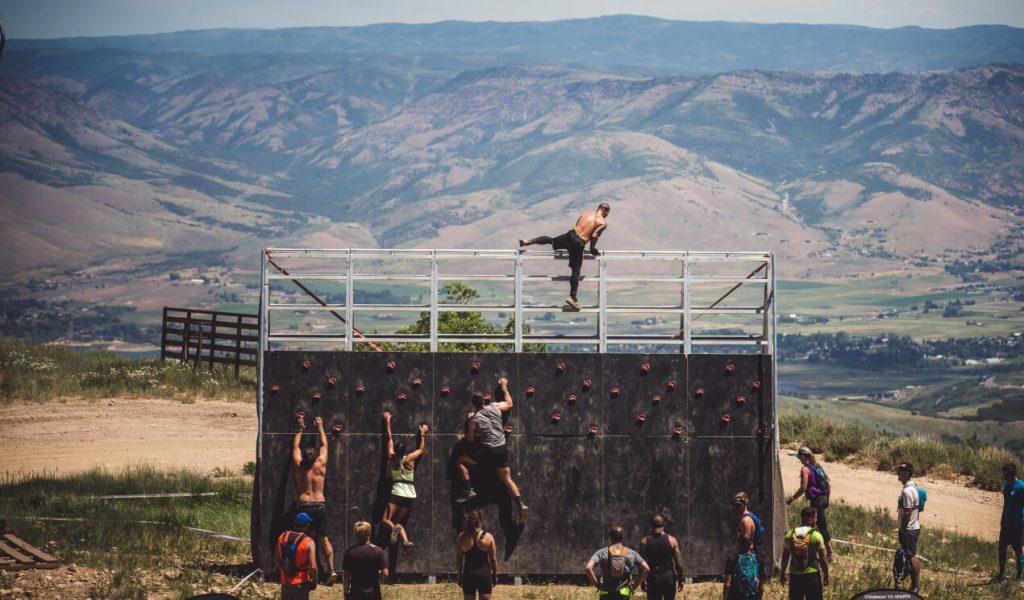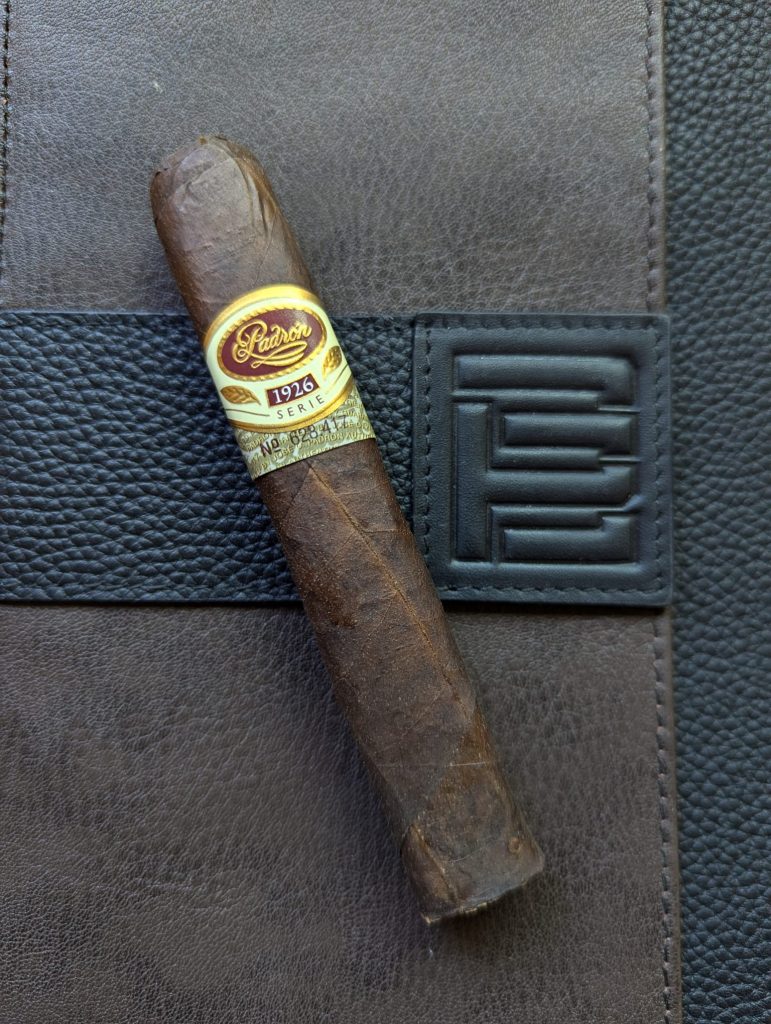My Spartan Adventure: Trail Running & Obstacle Course Racing
What passions drive you beyond enjoying a fine cigar paired with your favorite drink? For me, it was trail running and obstacle course racing. At first glance, these hobbies might seem worlds apart, but I assure you, they coexist in my life just fine. I’m not here to debate the health pros and cons—just know that smoking cigars hasn’t stopped me from conquering miles of rugged terrain.
It’s been a few years (and quite a few pounds) since my last Spartan race, but the itch returned. I casually mentioned to my wife that I was considering taking on the Spartan Race Beast—one of their most challenging courses, only surpassed by the Ultra. Spartan offers the Sprint (5k, 20 obstacles), Super (10k, 25 obstacles), Beast (21k, 30+ obstacles), and the Ultra Beast (50k, 60 obstacles). To add to the challenge, venue locations can make or break you. Take the Utah race I did, for example: it started at a base elevation of 6,450 feet, gained 4,737 feet, and had a max slope of 44.9%. This course was part of their national series, attracting referees and elite runners alike.
Training for the Race
You might wonder why someone would willingly sign up for such a grueling challenge. For me, it’s all about pride and ego. When I told my wife, she hesitated, saying, “You’re not as young or fit as you once were. Maybe start with the Sprint?” My response? “I’m a man. I’ll tackle the longest, hardest course and either finish it or die trying.” Spoiler: I finished, so I won that little challenge.
But the real reason I do this is to push my limits. These races give me a clear picture of where I stand mentally, physically, and emotionally. And let me tell you, signing up for the Beast was a wake-up call—I was in no shape for it. The nerves and excitement surged through me, but there was no turning back. It was time to train, buckle down, and, in the words of David Goggins, “You don’t know me, son! Who’s gonna carry the boats?”
Training began with finding steep trails to test my calves and endurance. I started with four-mile runs, gradually working up to the 15 miles needed for the race. I sought out the steepest inclines, running at high altitudes like those in Park City, Utah. Depending on your chosen distance, you might need a Camelback for hydration or rely on water stations. I opted for the CamelBak—better safe than sorry if the hydration stations run dry. The extra weight and risk of snagging on obstacles were worth it to avoid cramping or, worse, not finishing.
Race Day
Race day dawned with a start time of 10:15, and the venue was an hour away. I prepared with a carb-heavy breakfast, packed my travel humidor with a celebratory Padron 1926, and stocked my hydration pack with cold water, electrolytes, gel food packs, and salted peanuts. Old habits die hard, so my trauma/medical bag made the trip too—can’t shake the former medic in me. I also packed a towel and change of clothes, knowing I’d need them after the mud and sweat.
On the drive, I noticed the winds picking up—hopefully, it wouldn’t be too hot on the course. My excitement built as I neared the venue, where signs guided us to the parking area. After a brief wait, I grabbed my essentials, left the rest in the car, and hopped on a school bus to the registration area at the ski resort. The buzz of anticipation was infectious, and chatting with fellow racers helped pass the time. Registration was a breeze; Spartan has perfected the process. A quick scan of the QR code, a glance at my ID, and I was checked in. They even warned us in the waiver about the potential for injury or death, but hey, I was ready for anything.
With my bib headband and tracking device in hand, I entered the event area, greeted by a merchandise tent filled with swag and gear. I snagged a $5 clearance hat, not wanting to ruin the one I brought. With 45 minutes until my start, I warmed up and checked out the practice obstacles. The local fire department added to the fun, spraying racers as we crawled under barbed wire and climbed over walls just to reach the starting line. One guy twisted his ankle before the race even began—not a great omen.
The Challenge
Finally, it was go-time. The first challenge? A steep climb up the mountain. Halfway up, people began walking, questioning their sanity. I knew what lay ahead—a day of suffering, accomplishment, and sheer determination. I might have started too fast, but I didn’t want to get stuck behind a line of racers. Eventually, I did, but everyone was polite, letting me pass when needed. It didn’t last long, though; soon, I caught up with earlier waves of racers. The obstacles were familiar, but no less tough.
Skipping the first hydration station, I relied on my pack and pushed ahead. The downhill run felt great until loose gravel and tree trunks almost rolled my ankle a few times. Then came the spirit-crushing uphill—a steep, slow grind that felt never-ending. Just when we thought we’d reached the summit, we were greeted by a false one—cue the collective groan. Time for more fuel and electrolytes.
But as grueling as it was, I relished every moment. The pain, the mental struggle, the gratitude for having the health and strength to do this—it was all worth it. This is my happy place. Out here, anxiety, PTSD, and all the other noise fade away. It’s just me, the course, and the question: Do I have what it takes to cross that finish line?
As I piled on the miles and tackled obstacle after obstacle, I felt truly alive, fully immersed in the moment. Around me, other competitors began to struggle with worsening muscle cramps, and I could feel the tightness creeping into my own legs. Fortunately, cold creeks flowed along parts of the course, and an idea struck me—why not jump in and let the icy water shock my muscles back to life? The cold worked wonders, easing the cramps almost immediately. Before long, others followed suit, and we all felt the relief. Determined to finish strong, I quickly scrambled out of the creek and got back to running.
Though Spartan had strategically placed hydration stations throughout the course, some were unfortunately dry by the time I reached them—a stark reminder of why bringing your own hydration pack is essential. You never know what might happen out there. As I pushed forward, I noticed some racers struggling, their faces etched with fatigue and defeat. I did my best to lift their spirits, offering words of encouragement and sharing supplies to help them keep moving. Soon, we hit the downhill sections, but even those were brutal, with steep grades that punished our legs just as much as the climbs.
As the finish line drew closer, my spirits soared. I pushed hard through the final stretch, where the obstacles were stacked for all to see, giving family and friends a front-row view of the action. It was a thrill to realize that I still had what it takes. Despite not being in my prime, my mental toughness and determination carried me through. Crossing the finish line, I received the well-earned shirt and medal, each soaked in my sweat and grit. All I could think about was that protein shake, a cold beer, and the satisfaction of lighting up my Padron. It was time to relax and savor the sweet peace of accomplishment.
Take Away
What hobbies do you enjoy? Do you push your mind and body to the limit if so, how? What cigar do you save for celebrations or special occasions?



